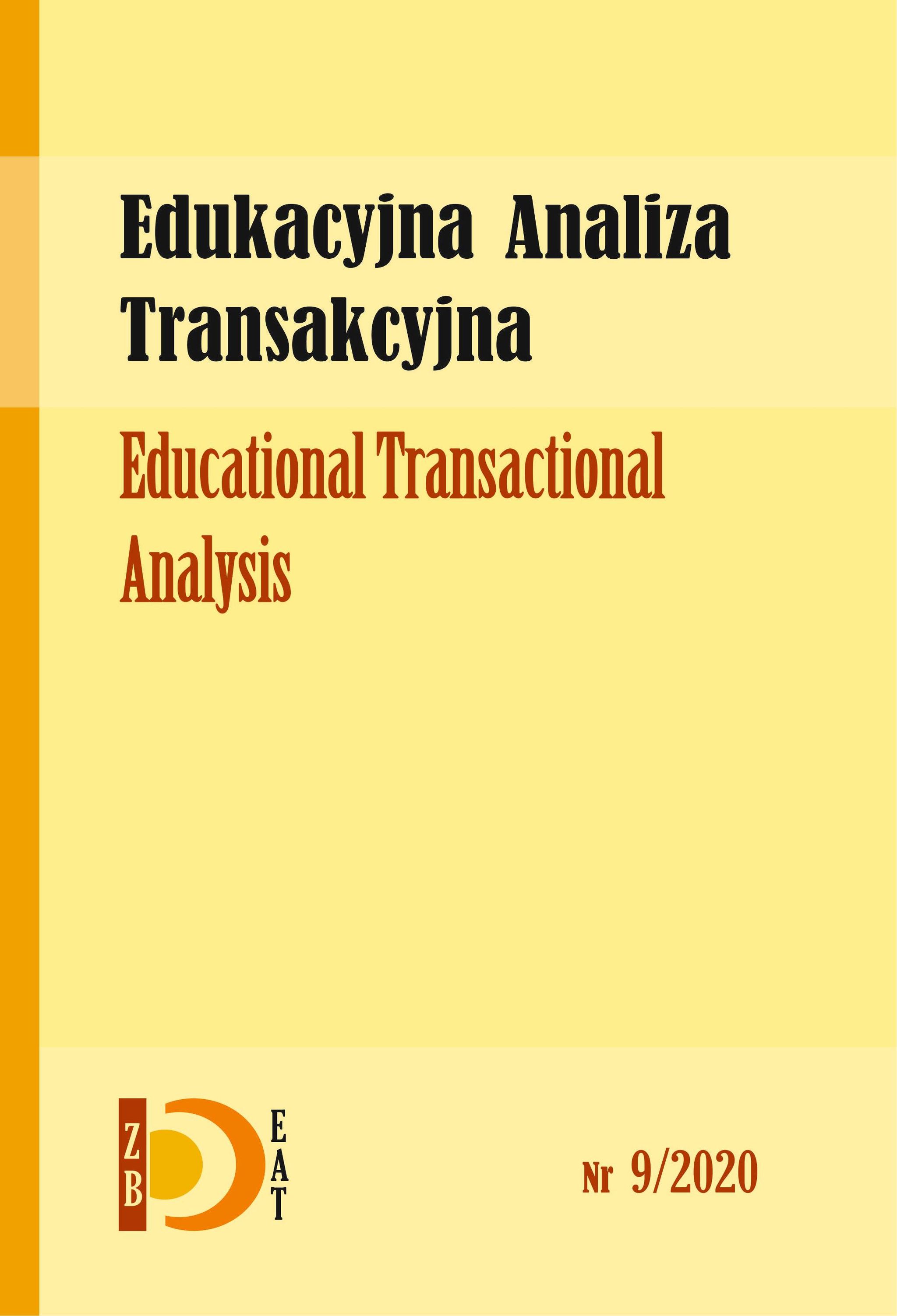Communicators in e-learning – recommendations for teaching practice at the times of coronavirus COVID-19 – report from pilot research
DOI:
https://doi.org/10.16926/eat.2020.09.12Keywords:
communicators in education, new technologies in teaching, didactics of new technologies, social tools in education, media in educationAbstract
The text presents an excerpt from qualitative research conducted in the situation of coronavirus COVID-19 at Nicolaus Copernicus University in Torun. 50 students took part in the qualitative research. The aim of the aforesaid research was to determine the ways in which students use Internet tools for educational purposes at the time of the pandemics and what are their expectations concerning the educational use of Internet communicators by their lecturers. The research was to diagnose the state of e-learning (with respect to the group of NCU students) and, after data analysis, to make recommendations for educational practice. The results obtained show that the majority of students use communicators for educational purposes, especially to work on projects with their colleagues. They also seek help in a group of their friends, whereas lecturers rarely appreciate possibilities of using communicators in education.
Downloads
References
Czarkowski J.J., Malinowski M., Strzelec M., Tanaś M. (2020) (red.), Zdalne kształcenie akademickie dorosłych w czasie pandemii. Warszawa: Wydawnictwo DIG).
Dąbrowski M., Standardy tworzenia i prowadzenia zajęć online, http://www.e-mentor.edu.pl/artykul/index/numer/6/id/70 Pobrane 17 lipca 2020.
NASK Raport z Badania Nastolatki 3.0 (2017), https://akademia.nask.pl/badania/RAPORT%20-%20Nastolatki%203.0%20-%20wybrane%20wyniki%20badań%20ogólnopolskich.pdf Pobrane 17 lipca 2020.
Ostrowicki M., Dydaktyka w środowisku elektronicznym 3D, http://www.e-mentor.edu.pl/artykul/index/numer/28/id/614 Pobrane 17 lipca 2020.
Siemieniecka D., Kwiatkowska W., Majewska K., Skibińska M. (2018). Interactive media in education. W: E.Baron-Polańczyk (red.), ICT in educational design : processes, materials, resources. Vol. 13. s.63-75. Zielona Góra: Oficyna Wydawnicza Uniwersytetu Zielonogórskiego.
Social Media 2019, https://socialpress.pl/2019/02/ilu-uzytkownikow-korzysta-z-sieci-i-social-media-w-2019-roku Pobrane 17 lipca 2020.
Downloads
Published
How to Cite
Issue
Section
License
Copyright (c) 2020 Dorota Anna Siemieniecka

This work is licensed under a Creative Commons Attribution 4.0 International License.
I am aware that the Educational Transactional Analysis journal is published under a Creative Commons license - Attribution (https://creativecommons.org/licenses/by/4.0/legalcode).
By submitting the article, I agree to make it available under this license

